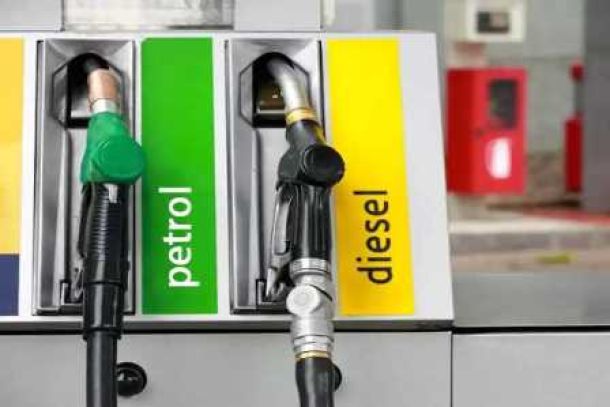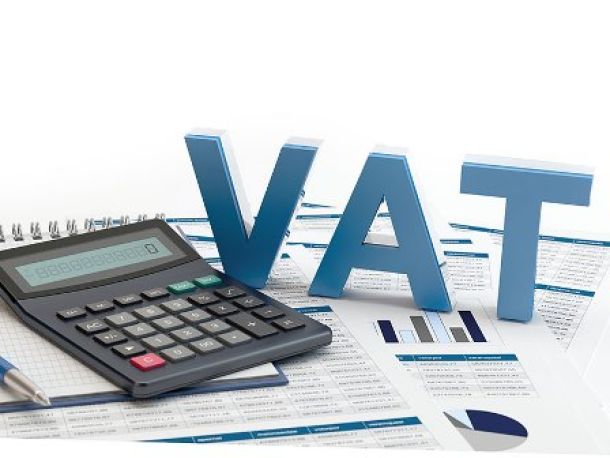Fast food franchises must absorb costs to remain relevant
Soaring input costs and the electricity tariff hike coming into effect in April, coupled with increasing food prices and daily living expenses are making it difficult for fast food franchises to pass on costs to consumers who are already struggling to make ends meet.
Franchises grapple to remain affordable and maintain profits in the wake of high input costs
Morne Cronje, Head of Franchising at FNB says in response to the tough economic conditions, fast food franchises are becoming more strategic about maintaining profit margins while making sure that their offerings remain relevant and affordable to consumers.
Franchise outlets have to take a number of market factors into account, such as lower disposable income, rising food inflation and interest rates, when deciding on the price of goods, to avoid driving customers into competitors’ hands. Consequently, franchises are having to absorb input costs in order to retain and continue to attract customers.
Cronje clarifies that in some cases business owners will be left with no choice but to hike the price of some products in order to manage running and operational costs. However, when these increases get factored in, they are usually not at alarming levels and are introduced in conjunction with affordable meal packages and price discounts on less busy days of the week.
He says that fast food franchises constantly have to work harder to remain relevant given that consumers will cut back on luxuries and eating out during times of difficulty. As a result, emphasis is now being placed on understanding customer needs and using the insight to offer them value for money. For instance, with many consumers becoming health conscious, franchises are also starting to expand their offerings by introducing more healthier and affordable food options.
Cronje says with electricity being of the biggest costs for franchises, the imminent electricity tariff increase will add more pressure on costs as many outlets rely on energy intensive appliances such as ovens, ice machines, electric fryers, grillers and ovens, amongst others.
Given the unpredictability of future electricity prices, outlets should consider exploring alternative energy solutions, like using more energy efficient cooking equipment that runs on both gas and electricity. For example, using an old or faulty refrigeration system can stack up the electricity bill as it would normally consume a lot more electricity.
Moreover, simple efforts such as converting to more efficient lighting, regularly repairing water leaks, hot water boiling equipment and servicing air conditioners can significantly lower running costs.
As it becomes more difficult to pass on costs to consumers, franchisors and franchisees will have to find alternative means of managing rising input costs in order to maintain profit margins, while still meeting customer needs.
News Category
- International retailers
- On the move
- Awards and achievements
- Legislation
- Wine and liquor
- Africa
- Going green
- Supplier news
- Research tools
- Retailer trading results
- Supply chain
- Innovation and technology
- Economic factors
- Crime and security
- Store Openings
- Marketing and Promotions
- Social Responsibility
- Brand Press Office
Related Articles

Empowering South African households through gro...

SPAR shares practical tips to beat food inflation

South African motorists could be paying up to R...

Big VAT changes on the cards


